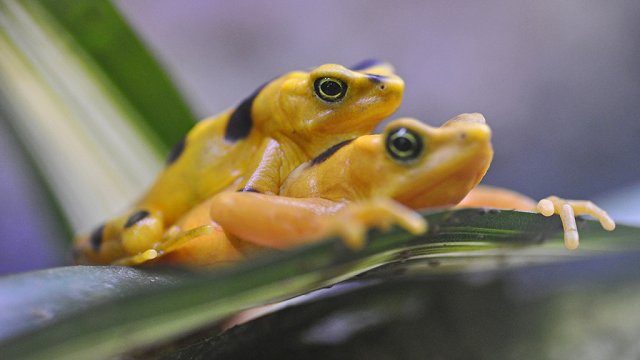
The “observer effect” is a 20th-century truism that observations can affect the phenomenon being observed. It’s common sense that taking a measurement affects what’s being measured. Sticking a thermometer in a bit of hot water cools the water at the same time the thermometer registers its temperature.
Biologists work hard to avoid observer effects in their science. They hide in blinds to observe wildlife, or use unobtrusive sensors to track a creature’s behavior instead of tromping around behind it. In today’s issue of the journal Science, biologist Ben Minteer of Arizona State University and three coauthors ask whether one traditional practice is too harsh for today—”collecting voucher specimens,” or killing a creature to prove that it lives.
The problem can be acute when a species is almost extinct. Minteer cites the great auk, which died out in 1844. “As the bird’s numbers dwindled in the 19th century, ornithologists and curators increasingly prized great auk skins and eggs, with museums and universities sending out collection parties to procure specimens.”
Since then we’ve learned to prize biodiversity, but old habits die hard. For instance, when the coelacanth, an order of primitive fish thought extinct for 60 million years, was found alive in the waters off South Africa in 1938, it’s fair to say that hundreds of museums craved one, and yet we all knew that coelacanths were rare. Fortunately they’re deep-water fish that taste bad and hide in caves, but private collectors are out there who would want one anyway.
Minteer cites the isolated Socorro elf owl as an example where “both professional and amateur scientists” were guilty of pressuring a rare population toward extinction. Plants are not immune either, especially species that live only on certain islands. Although ivory poachers and redwood-burl thieves are more deplorable people, scientists set examples and ought to reconsider their own ways.